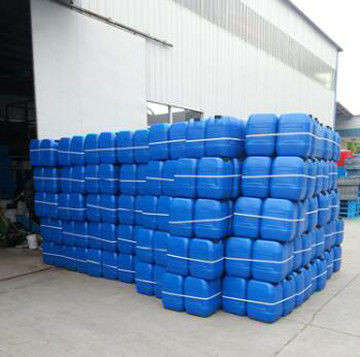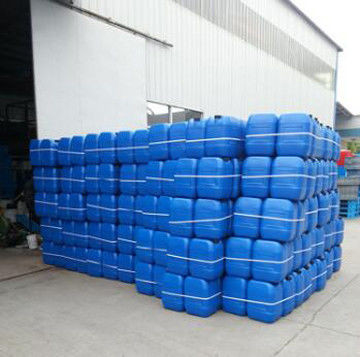
Colloidal palladium activator ; Pretreatment of electroless plating on plastics FI-BPA1
-
Highlight
surfactant chemistry
,electroplating surfactant
-
TypeElectroless Plating Of Plastics
-
UseColloidal Palladium Activator
-
Place of OriginChina
-
Brand NameFENGFAN
-
Model NumberFI-BPA1
-
Minimum Order QuantityNegotiable
-
PriceNegotiable
-
Packaging DetailsStandard export packaging
-
Delivery Time15-25 work days
-
Payment TermsL/C, D/A, D/P, T/T, Western Union, MoneyGram
-
Supply Ability200000pcs/day
Colloidal palladium activator ; Pretreatment of electroless plating on plastics FI-BPA1
Colloidal palladium activator ; Pretreatment of electroless plating on plastics
FI-BPA1
FI-BPA1 is a colloidal palladium activator suitable for ABS direct electroplating and ABS / PC plastic electroless plating. It has high activity. Matched with electroless nickel plating, the palladium content used in the activation solution is very low (10-25mg / L) and the consumption is small. FI-BPA1 activator can form a uniform activation center on the plastic surface. The workpiece shall be directly put into the activation solution after pre immersion.
1.Bath composition and Operation condition
| Formula and Operation Condition | Range | Optimum |
| HCL | 200-300 ml/L | 250 ml/L |
| FI-BPA1 | 2-5 ml/L | 3 ml/L |
| SnCl2 | 1-3 g/L | 2 g/L |
| pH | 8-9 | 8.5 |
| Temperature | 25-40℃ | 30℃ |
| Time | 2-5 minutes | 3 minutes |
| Stir | Mechanical stirring | |
| Filter | 6 micron filter element for continuous filtration | |
2. Bath Make-up
1) Clean the activation bath and add an appropriate amount of pure water.
2) Add the required amount of hydrochloric acid and stir evenly.
3) Slowly add the calculated amount of stannous chloride under stirring conditions and stir to dissolve.
4) Slowly add the calculated amount of FI-BPA1 under stirring conditions.
5) Add dilute hydrochloric acid to the required volume and stir evenly. It can be heated to the operating range.
6) When preparing the solution, the required chemical reagents must be added in the above order.

